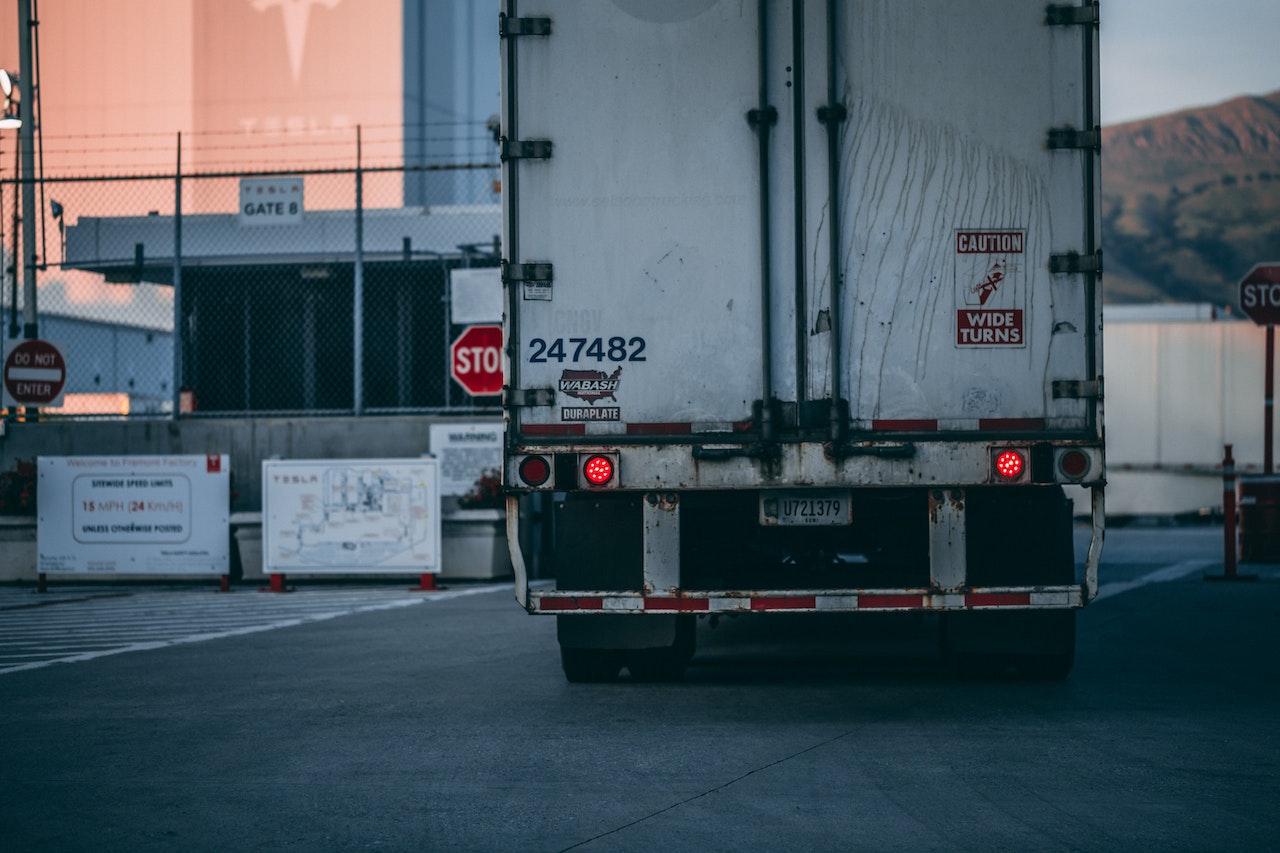Transloading is a critical enabler for optimizing and improving cross-border shipping by addressing various challenges and providing strategic advantages that enhance the efficiency and effectiveness of the entire process.
One of the key ways transloading achieves this is by offering flexibility and adaptability in transportation modes. Cross-border shipping often involves traversing different terrains and crossing various border checkpoints, each with its own logistical complexities. Transloading facilities strategically located near border crossings allow for seamless transfers between different modes of transportation, such as rail, truck, or ship. This flexibility enables shippers to choose the most efficient and cost-effective combination of transportation modes for each leg of the journey, minimizing transit times and reducing overall transportation costs.
Transloading also plays a crucial role in customs clearance and compliance. When goods are transloaded at facilities near the border, customs documentation and inspections can be efficiently processed, reducing the time spent at border crossings. This streamlined clearance process helps avoid costly delays and expedites the movement of goods between countries. Moreover, transloading facilities are well-versed in international trade regulations, ensuring that shipments comply with all necessary requirements, thereby mitigating the risk of customs-related issues. Transloading facilities are well-versed in border compliance requirements and customs documentation. They can ensure that all necessary paperwork, permits, and declarations are in order, reducing the risk of delays or penalties during border crossings.
Furthermore, transloading facilitates the consolidation and deconsolidation of shipments. By combining smaller shipments into larger, more economical loads before crossing the border, shippers can optimize cargo space and reduce transportation costs. On the other hand, larger shipments can be efficiently de-consolidated at transloading facilities, enabling their distribution to multiple destinations within the destination country. This flexibility in shipment sizes and configurations improves inventory management and enhances the efficiency of cross-border logistics.
Moreover, transloading contributes to risk mitigation in cross-border shipping. International trade can be subject to various uncertainties, including political changes, natural disasters, or border congestion. By strategically locating transloading facilities at key border areas, shippers can minimize the distance and time spent in potentially problematic regions, reducing the vulnerability to disruptions and improving supply chain resilience.
Commtrex, as a specialized logistics platform, can significantly facilitate the optimization and improvement of cross-border shipping through transloading. The platform connects shippers with a vast network of transloading facilities strategically positioned along major border crossings, ensuring efficient customs clearance and smoother logistics operations. Commtrex provides real-time data and insights on available transloading options, transportation modes, and costs, empowering shippers to make informed decisions for their cross-border shipments. By leveraging Commtrex's technology and expertise, businesses can streamline their cross-border logistics, enhance cost-effectiveness, and ultimately achieve a more robust and efficient supply chain operation.
